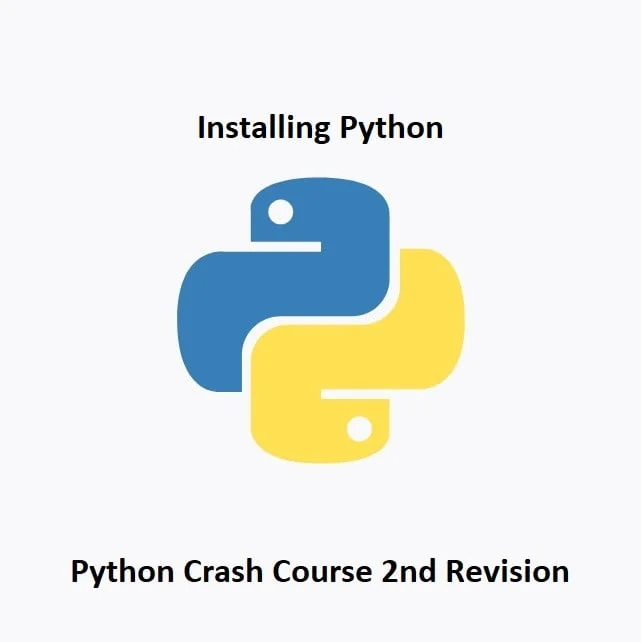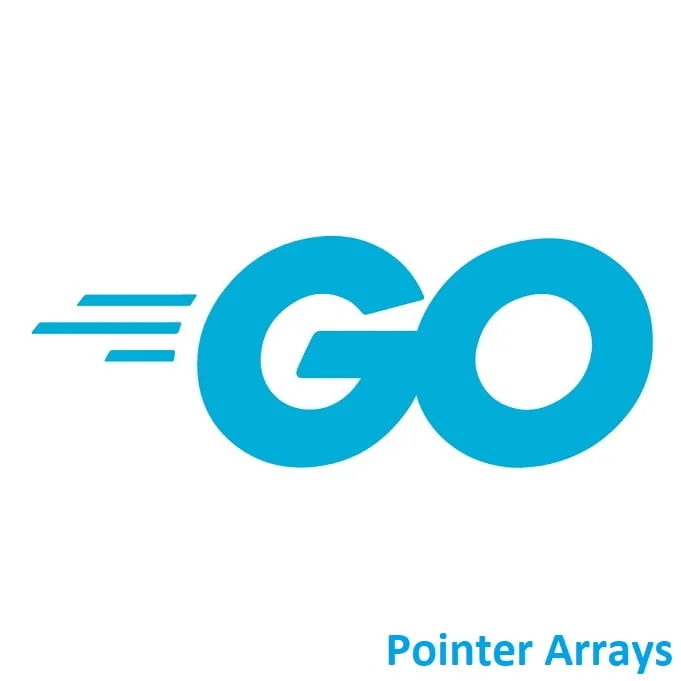
Leveraging Data Type Conversions for Precision and Flexibility
Welcome to the world of Go programming! Type casting, or type conversion, plays a vital role in ensuring data consistency and flexibility. In this beginner-friendly guide, we’ll explore type casting in Go, diving into its techniques for converting data from one type to another seamlessly. By the end, you’ll grasp the nuances of type casting and leverage its power for efficient data handling in Golang.
What is Type Casting?
In Go, Type casting (often referred to as type conversion) is the process of converting a value from one data type to another. Go is a statically typed language, so type casting needs to be explicit and is used when you want to change the data type of a value.
Golang Code Examples
Here’s how you can perform type casting in Go:
Basic Type Conversion:
You can perform type conversion by specifying the desired type in parentheses before the value you want to convert.
For example:
package main
import "fmt"
func main() { var x int = 42 var y float64 = float64(x) // Convert int to float64 fmt.Println(y) }
Type Assertion (for interfaces):
Type assertion is used when you have an interface value and want to extract the underlying concrete type. It’s commonly used in Go when working with interfaces.
For example:
package main
import "fmt"
func main() { var i interface{} = 42 // Check if i is an int and then convert it to an int if val, ok := i.(int); ok { fmt.Println(val) } else { fmt.Println("i is not an int") } }
Type Switch (for interfaces):
Type switches are similar to type assertions but allow you to check the type of an interface value against multiple types.
For example:
package main
import "fmt"
func printType(i interface{}) { switch val := i.(type) { case int: fmt.Println("i is an int") case string: fmt.Println("i is a string") default: fmt.Printf("i is of type %T\n", val) } }
func main() { var x int = 42 var s string = "Hello" printType(x) printType(s) }
These are the common ways to perform type casting and type checks in Go. Remember that type casting should be used carefully, as it can lead to runtime errors if the conversion is not valid. It’s important to check the compatibility of types before performing type casting.
Conclusion
Congratulations on exploring the world of type casting in Go! You’ve gained a fundamental understanding of how to convert data types effectively, enhancing your ability to manage data precision in your Go programs. As you continue your programming journey, practice utilizing type casting techniques for various data manipulations. With this knowledge, you’re better equipped to handle data types with ease and accuracy in Go.
That’s All Folks!
You can find all of our Golang guides here: A Comprehensive Guide to Golang





